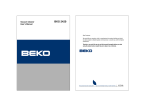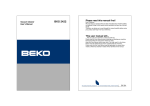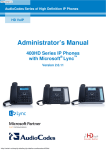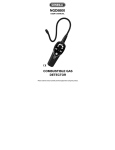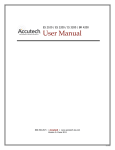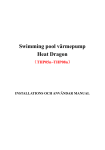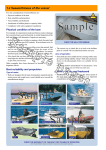Download Combustible Gas Detector
Transcript
99 Washington Street Melrose, MA 02176 Phone 781-665-1400 Toll Free 1-800-517-8431 Visit us at www.TestEquipmentDepot.com NGD8800 User’s Manual Combustible Gas Detector INTRODUCTION This instrument detects combustible gases. It includes a rechargeable battery pack and charger. It is an excellent instrument to use to pinpoint combustible gas, vapor, residue or leaks and verify safety situation of potential hazardous locations. SOME APPLICATIONS ARE: • Gas lines and pipes • Propane gas refill station • Fuel in marine bilges • Exhaust and fuel leaks • Liquid or gas fired heating systems • Check manholes for safety Note: Although the unit will respond to high levels of Carbon Monoxide, it should not be used as a detector for this gas in normal room or working atmospheres. It is used to pinpoint a leak as described in the Operating Instructions. HOW IT WORKS: After the automatic warm up, when the sensor of the instrument detects vaporous and gas from combustible compound, the LED signal will light up and change with the increasing tick rate to locate the combustible leaks. This helps the user to take effective measures or actions to clear potential hazard. FEATURES: • Leak size indication (Audial and Visible) • Auto fast warm-up • Adjustable sensitivity • Low battery indication • Rechargeable battery • Charge protection to prevent overcharge or over current • Double color LED indicates charge state • ON/OFF switch • Sensing tip • 14" Flexible gooseneck probe - unfasten probe knob to readjust rotation Includes: Rechargeable battery, charger and hard carry case (Figure 1) A Speaker B Charge state indicator C Leak size indicator-the larger the concentration, the more LED will be lit D Sensitivity adjust knob-turn clockwise to increase sensitivity, turn counter clockwise to decrease sensitivity E Power indicator-LED blinking indicates low battery. Please turn off the unit and recharge the battery. F ON/OFF switch G Sensing tip H Flex probe-probe knob may be loosened to rotate the probe I Battery compartment-unscrew to open battery door and install the J battery pack with the contact upwards. Close battery door and fasten the screws. Probe knob OPERATION INSTRUCTIONS: 1. Turn the unit off and turn the sensitivity knob fully counter clockwise. 2. Turn the unit on in a non-contaminated atmosphere with the slide switch, the power indicator will light up. Power indicator shows the battery power is sufficient, it ensures precise detection. 3. After the unit is turned on, it will auto warm-up within 110 seconds, a ticking sound will be heard. 4. Adjust the sensitivity control until the first leak indicator lights up, and the ticking frequency increases. 5. Approaching known leak source, the leak size indicate lights will increase with the rapid ticking. Above steps are necessary to ensure the unit is working correctly. Now the unit is ready for use. If the battery power is in sufficient state, but the sensor approaches known leaks without any responses, do not use the instrument, please return for repair. 6. In conjunction with the increased tick rate, the leak size indicator will light from bottom to top as combustible gas concentration grows. 7. Search the general area of the leak. When a detectable compound enters the sensor, the tick rate speeds up. 8. If you are searching for a heavy leak source, please lower the sensitivity in a clear air by turning the adjustable knob (until the leak size indicator turns off). TO CHARGE BATTERY: 1. During operation, if the power indicator is blinking, it is necessary to charge the battery. 2. Install the battery into the battery compartment properly, cover battery door and fasten screws. 3. Turn off the instrument, connect the charger into a power socket of 50-60 Hz and insert the plug into the jack on the bottom of the instrument. A green charge indicator indicates that the battery power is low and still under charge(a new battery needs to be charged for 16 hours before usage) 4. When the charge indicator turns from green to orange the battery is fully charged. Please take it off the charger. Visit us at www.TestEquipmentDepot.com






